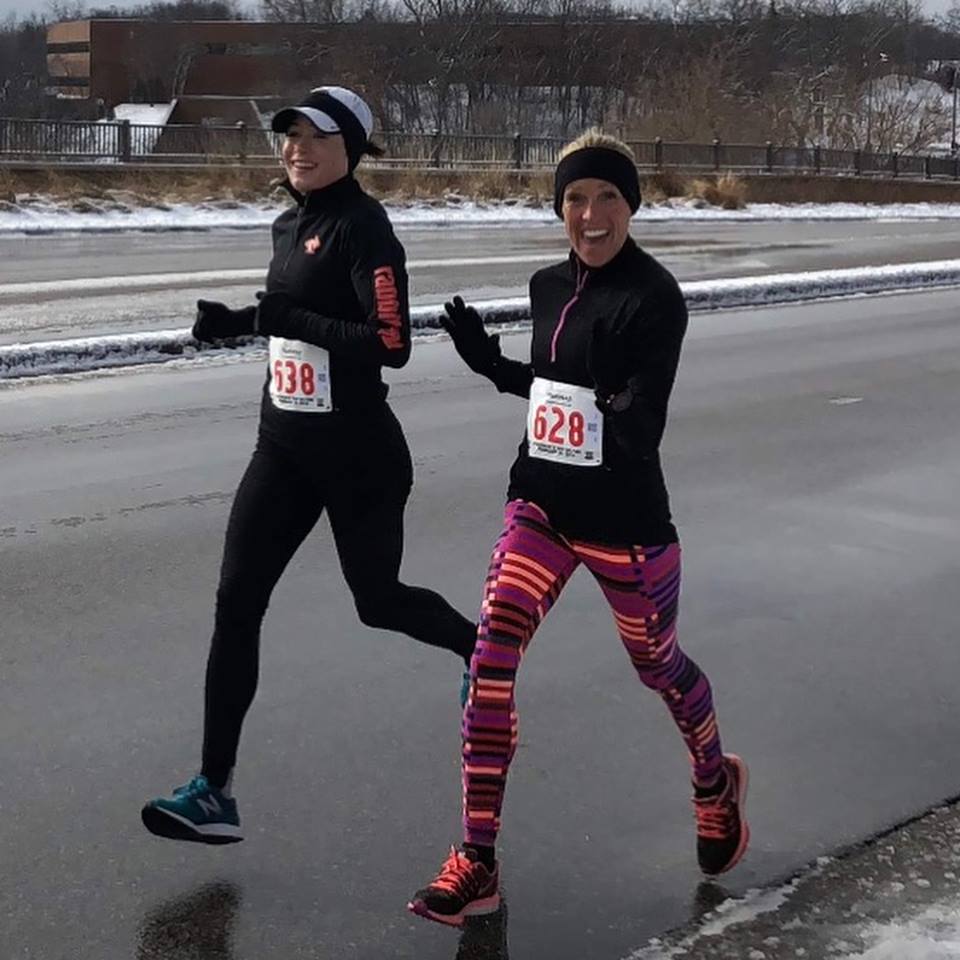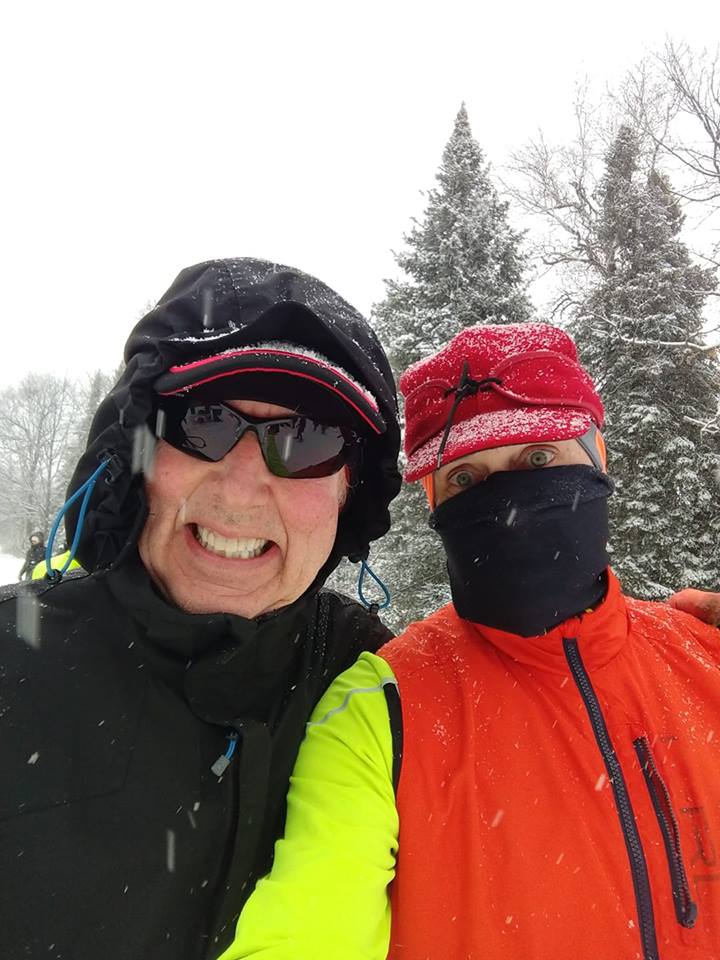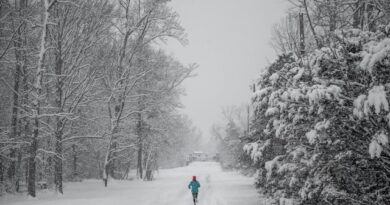Runner’s or Walker’s Drift
What happens when those endorphins kick in after physical exertion on short or
long hauls while covering trails or pavements? First, it may not be endorphins. New
research suggests that endocannabinoids, natural chemicals that act on the same
receptors as cannabis, “cross the blood-brain barrier and affect mood, memory,
and pain perception.” Endorphins reduce pain and may create a sense of well-being
but do not directly affect your grey matter.

Perhaps the combo creates unique creative thoughts and insights we claim as
coming from a “high.” Something does. I’ve created too many characters, articles,
and scenes, solving challenges or problems while making way on foot to accept
denial. Plus, I’ve read many happenstances that others have similar to mine.
That’s the good news.
The other side of the equation can cost one’s life. Training on the Superior
Hiking Trails in northern Minnesota, at a point lost in space of thought, I missed a
turn-off marker at a fork. After a while, my senses kicked in, which caused me to
realize something was wrong. My inner map said this doesn’t feel right. I worked
my way back past the fork and came back at it. I then realized the marker was not
there in the first place. Had I not been on my running high and had paid attention
to the trail, I wouldn’t have created this situation.

The news came years before the above that a friend died in the mountains
(a different state) as a result of becoming lost on a trail. Things were going well until
the person drifted off the trail for whatever reason. I can only guess their happiness
and enjoyment of the high. No markers were made to lead back to the step-off
point. Which way to go to get back on the trail only led to becoming further
disoriented, one guesses. A companion had dropped due to a family situation the
day before this. My friend’s experience with this type of adventure was
unacceptable, particularly without a partner.
“Out of all the factors related to wilderness endurance, your brain can most
impact your chances of survival in the wild. When people’s minds become
overwhelmed with the task of staying alive, they can fail at doing just that,” says
Science-HowStuffWorks.com. “The extreme stress of trying to stay alive in the
wilderness can either sweeten or sour our chances of living, thanks to its physical
and mental effects.”

There are basics one needs to know before any adventure, such as letting
others know your plan, taking a cellular phone and battery backup, and still, you
may not make it out. One is likely to experience denial (of the predicament), anger
(blaming self or others), bargaining (with God), depression (hopelessness, crying,
and, well, you know), then acceptance.
The point an endurance athlete needs to retain: use those physical-
induced highs carefully. For example, I solve problems and create books or articles
now on trails where I know the terrain or the distance consists of loops. Don’t go
out in space while covering a new area. Keep your mind tuned like you would at a
competition where you constantly think about the business at hand.
In other words, use the runner’s and walker’s drift responsibly.

**Featured Image –> Sarah Canney and Amber Ferreira | 2019 United States Snowshoe Racing Championship – Cable, WI



